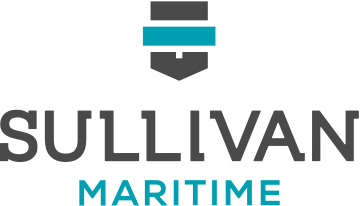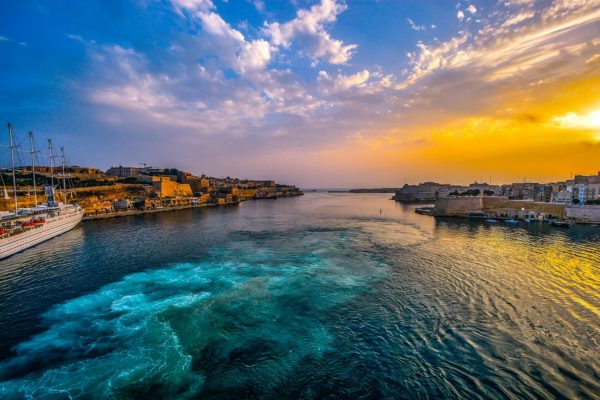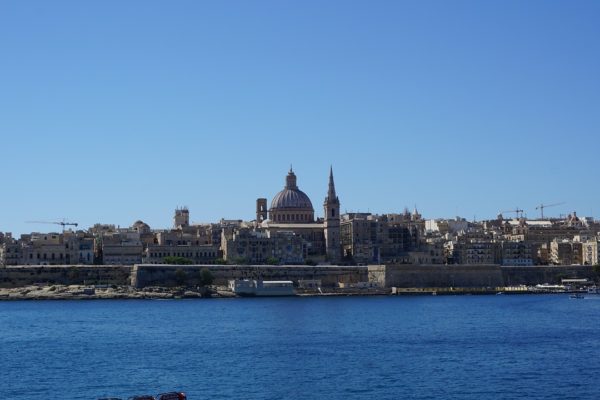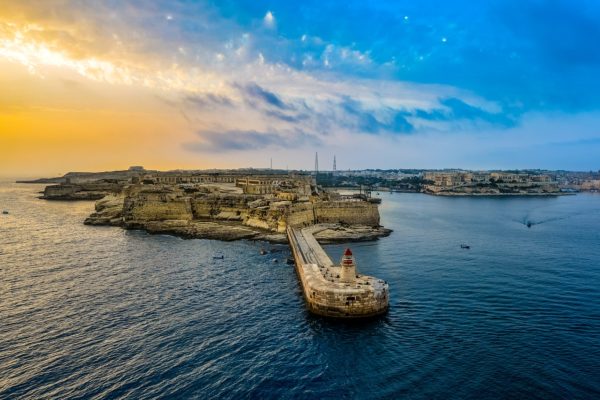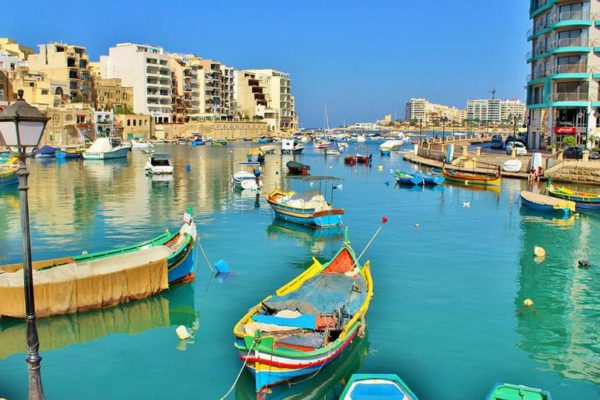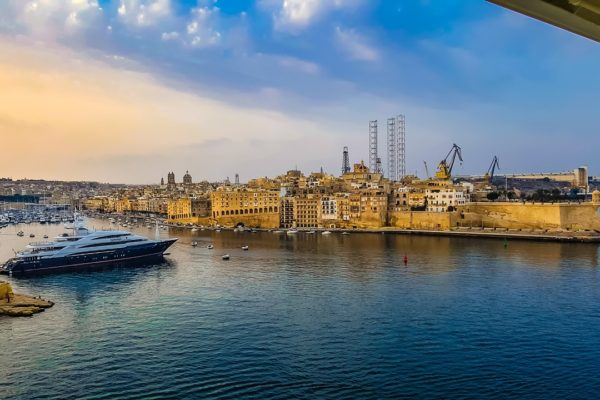Documents
Sullivan Maritime provides an efficient service relating to preparation of documentation for all customers and authorities including: shipping orders, delivery orders, notices of arrivals, bills of lading and manifests to the concerned parties. Upon booking confirmation, clients are asked to provide all information in the bill of lading matrix, including:
- Shipper / Consignee / Notify Party
- Port of loading / Port of discharge
- Marks & numbers
- Cargo description including cargo status: EU/ non-EU
- Weight
- Shipping terms
- Invoice party
Sullivan Maritime also offer a dedicated documentation system designed to accommodate cargo moving under Documentary Credit. We offer full support and assistance throughout this procedure. For further information, please contact our booking centre team.
